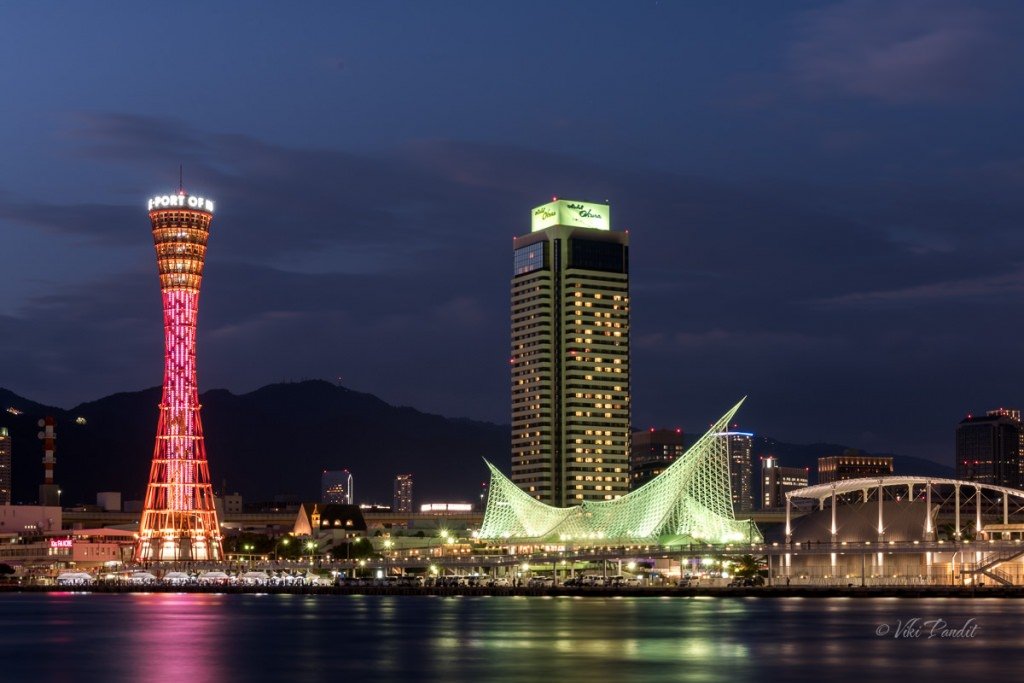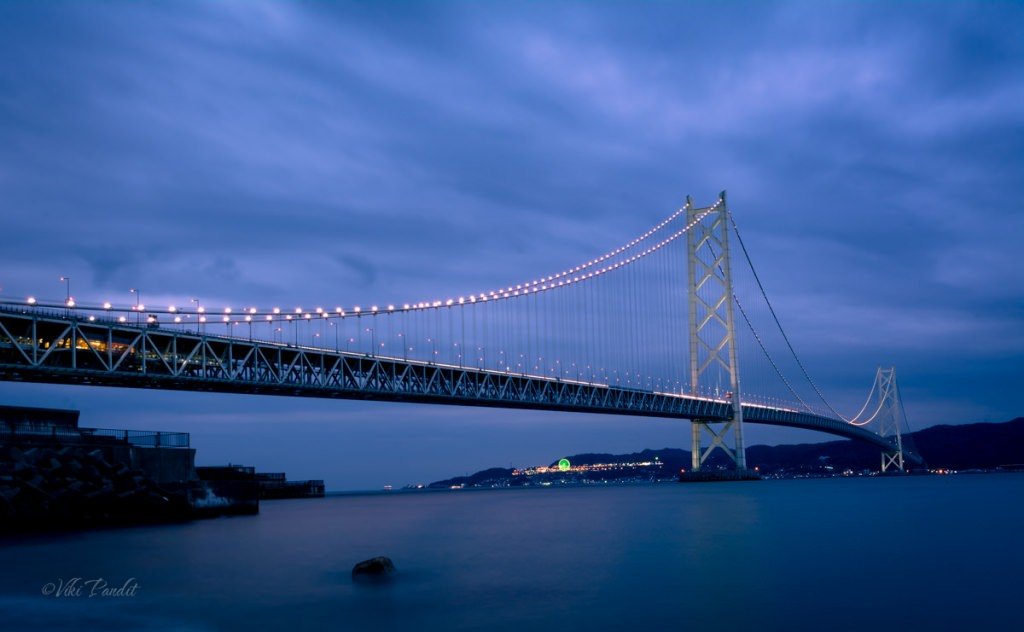

An evening at Kobe Harbour
Mani & I took the train to Kobe to check out the stunning illuminated harbor but we were sucked into the Bon Odori festivities happening on the same day. Food and beer stalls were everywhere. Surrounded by a sea of Kimono clad couples, on a small wooden stage, a group of lovely ladies were dancing to traditional music. It was great fun watching this 500-year-old tradition that is celebrated yearly to honor the spirits of their ancestors.
